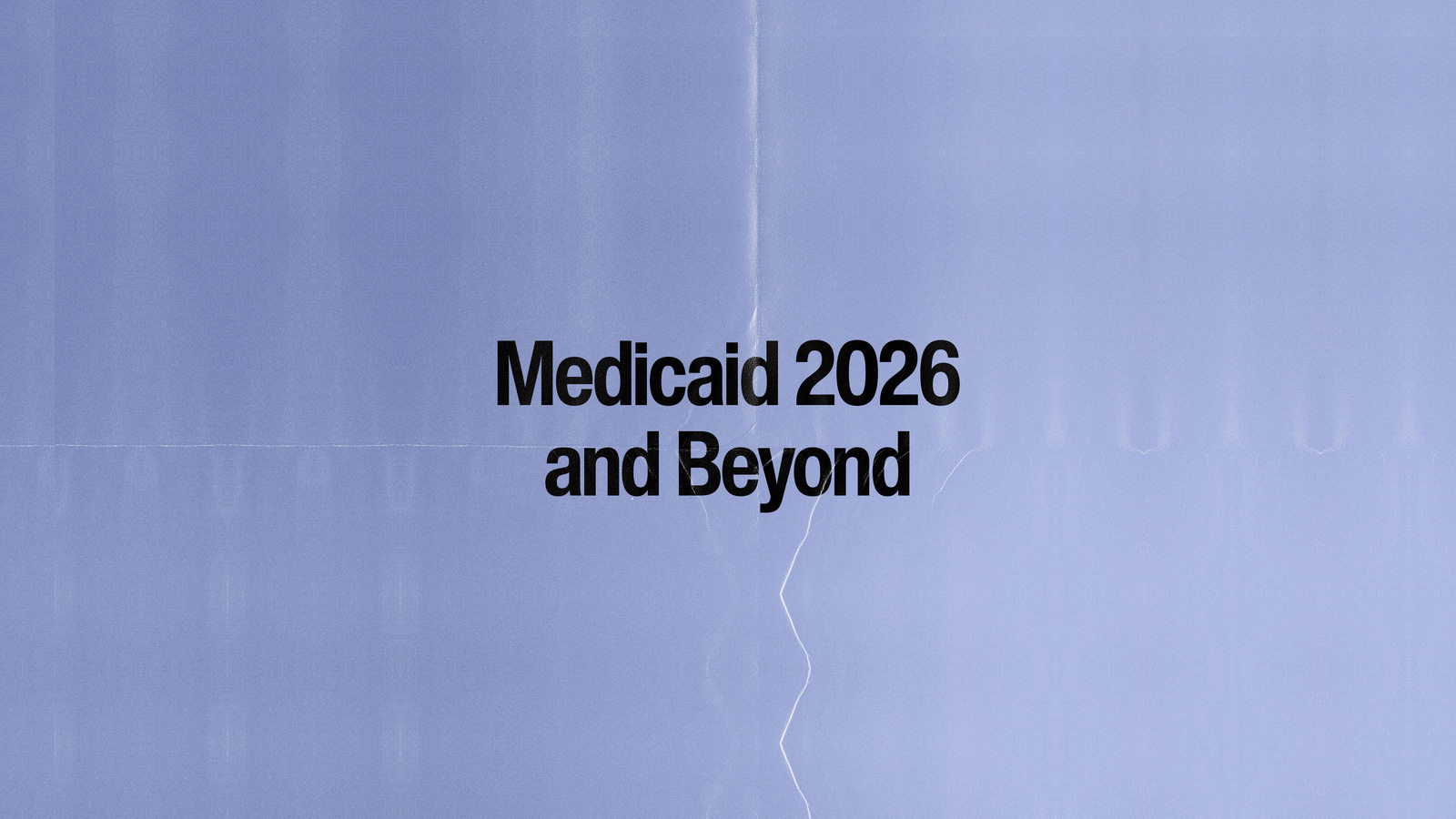Treatment for opioid use disorder (OUD) often focuses solely on opioid use, but what happens when a person consumes multiple substances at the same time? An individual with one addiction is at a higher risk of developing another. That might mean a person relying on opioids also begins misusing alcohol or that a person who struggles with alcohol begins using opioids as well.
The use of more than one drug at once is called polysubstance use disorder. The effects of alcohol may not seem as harmful, but when mixed with opioids or even common medication-assisted treatments (MAT) like Suboxone®, the results can be dangerous (important safety information).
Why is simultaneous opioid + alcohol use so common?
According to the National Council on Alcoholism and Drug Dependence (NCADD), the addictive substance most commonly used by Americans is alcohol. The 2022 National Survey on Drug Use and Health (NSDUH) found that about 23.5% of American adults (60.32 million adults) reported binge drinking in the past month. Drinking is often considered a social activity, and it’s not unusual for people to consume harmful amounts of it at parties or bars. The casual culture of drinking and the easily accessible nature of alcohol leaves many vulnerable to alcohol use disorder (AUD).
Alcohol interacts with the area of the brain that controls inhibition, which can result in feelings of confidence, relaxation, and reduced stress. As someone comes to rely on these side effects, they may begin turning to alcohol to deal with depression, anxiety, pain, insomnia, and other mental or physical issues. In reality, alcohol often makes these problems worse and causes a cycle of dependency.
Although not as accessible, opioids cause a similar cycle of dependency and addiction. People using prescription opioids might enjoy the slow, relaxed, and happy feeling it gives them. Research shows that, in those with OUD, the feelings of reward from drinking alcohol are similar to those experienced during opioid use. That means if someone is drinking, the intensity of their craving for their primary drug—opioids—can increase. For someone with OUD, the decreased inhibition and increased reward sensation that come from drinking alcohol may lead to higher usage of opioids and greater risk of relapse. And if a person is already undergoing treatment, alcohol use may be a substitute for their original drug.
Is combining Suboxone + alcohol dangerous?
There’s a reason your MAT provider asks what other substances you may be using before starting treatment. Using other drugs while managing OUD can make treatment less effective and damage your health. The same is true in the reverse—using opioids can interfere with treatment for AUD. The problem is that many people don’t realize alcohol is considered a drug. This can prevent patients from keeping their providers adequately informed, which can be detrimental to the recovery process. Always be open and honest with your treatment team about what other substances you’re taking, even if they don’t seem very harmful.
Suboxone is a combination of naloxone and buprenorphine that is commonly used in MAT to treat opioid addiction. This medication helps reduce cravings, decrease the severity of withdrawal symptoms, and lower the risk of relapse and overdose. While safe and effective, Suboxone is not meant to be mixed with alcohol.
Both Suboxone and alcohol are central nervous system depressants, meaning they slow your heart rate and breathing. This decreases the activity of neurons in the brain and spinal cord, which can impact coordination and result in poor judgment. Taking Suboxone and alcohol together can be very dangerous and potentially lead to side effects, such as nausea and vomiting, headaches, blurred vision, heart palpitations, or fainting.
When taken together in the long term, Suboxone and alcohol can cause serious conditions, including:
- Fatal breathing problems
- Decreased blood flow
- Impaired thinking that increases the risk of accidents and risky behaviors
- Coma
In short, no amount of alcohol is safe to take with MAT.
What does current research say about polysubstance use?
Opioid use is a growing national epidemic with much public outcry and prevention initiatives, and heavy alcohol use is a long-persisting public health issue. Although the data shows that using opioids and alcohol together is fairly common, not many studies have been done to examine their co-use.
What researchers do know is that individuals with both OUD and AUD are at a higher risk of overdose death than those with just one condition. The evidence also shows that simultaneous alcohol and opioid use leads to worse treatment outcomes and can even cause chronic pain. However, little is known about the actual interactions between alcohol and opioids.
Polysubstance use disorder is known to have negative outcomes, but more specific research is needed to treat it. This is especially true when managing one condition could potentially result in patients relying on the other substance. As researchers learn more about the effects of polysubstance use on the body and brain, it is essential to consider how MAT providers can build comprehensive treatments that consider all factors of addiction. This includes depression, anxiety, insomnia, and other underlying behavioral or psychological issues that drive substance use.
Comprehensive care that gets to the root of the issue
Living with polysubstance use disorder can feel overwhelming, but you don’t have to face it alone. When you seek treatment for OUD from Ophelia, you receive a dedicated and compassionate care team, a custom treatment plan, comprehensive care for all factors of addiction, and ongoing clinical support.
We are committed to making evidence-based treatments more accessible to people of all backgrounds. Learn more about our process and how we get to know you and tailor treatment accordingly, then set up a brief welcome call to make sure the program is right for you.
Sources





